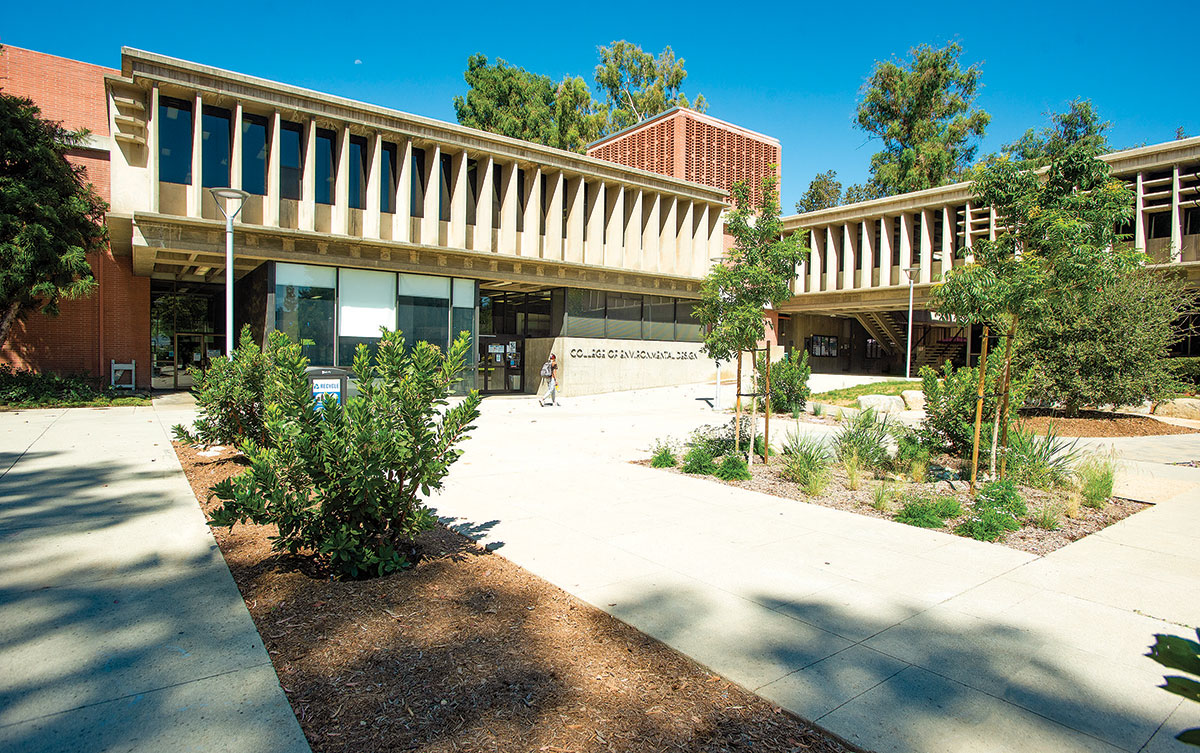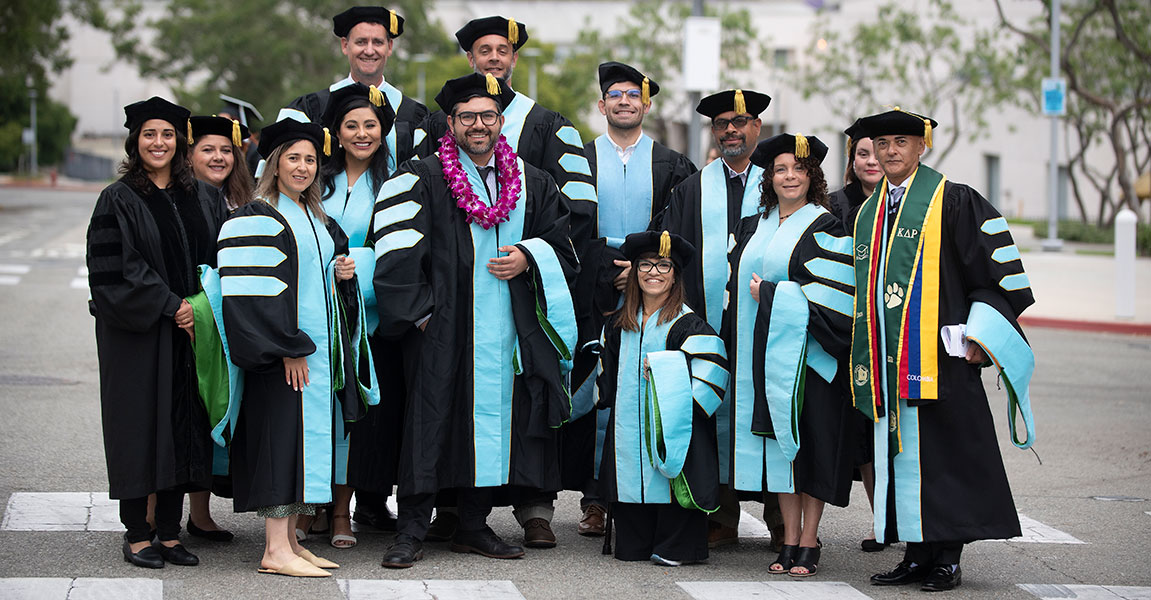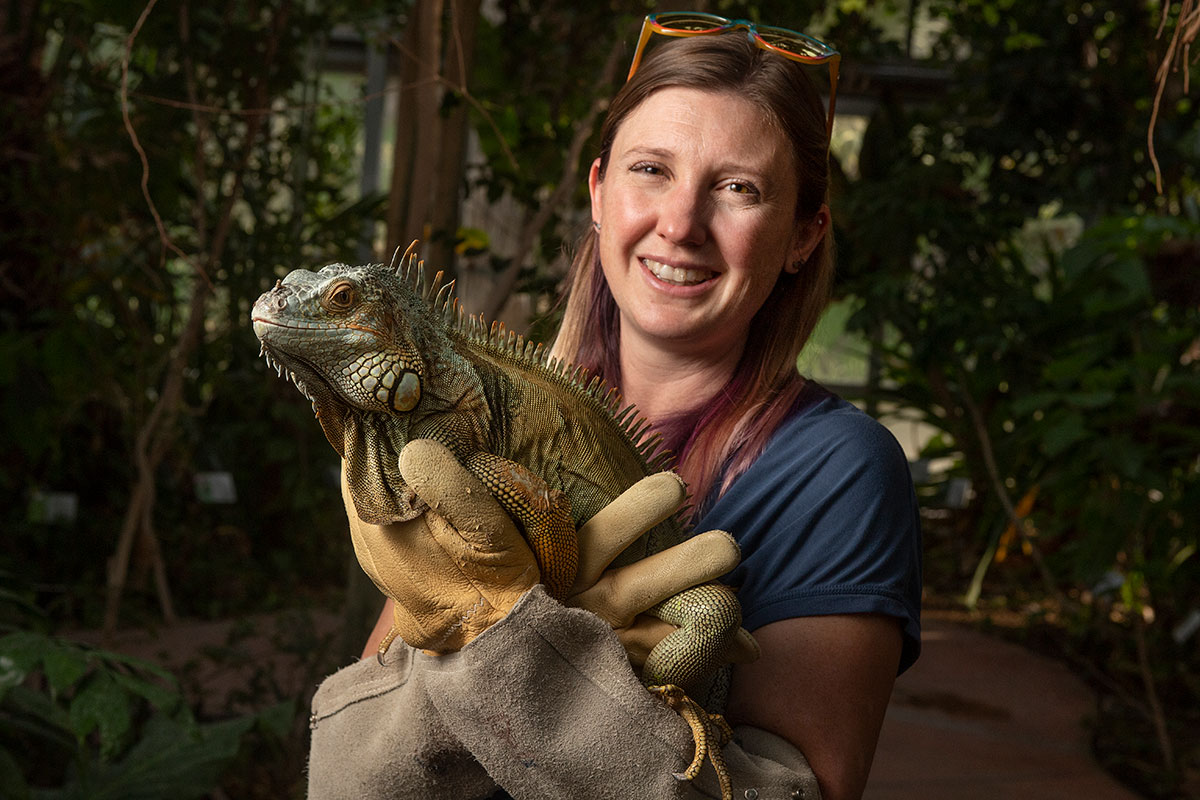That's SoCalPoly
A collection of short stories celebrating our campus' unique location, traditions and inclusive polytechnic identity.

By the Numbers: College of Environmental Design
Founded in 1970, the College of Environmental Design has grown to include art history, visual communication design, urban and regional planning, regenerative studies, landscape architecture and architecture. As one of only two colleges of environmental design in the 23-campus CSU system, ENV is one of the largest, most diverse and financially accessible design schools in the nation.

A Brief History: Educational Leadership Doctoral Program
Cal Poly Pomona’s only doctoral program in educational leadership emphasizes research with a focus on transforming schools, elevating underperforming schools and enhancing schools that are already succeeding. Each year, a new cohort is selected for the three-year program. After graduating, alumni continue to excel and progress in their educational leadership, taking on roles such as school district superintendents, associate vice president for a community college, director of human resources in a school district, and more.
Prospective students can sign up for a virtual information session by visiting the website.
How to Care for an Iguana
BioTrek, a learning center on campus that provides interactive educational connections to the tropical rainforest, houses over 200 rainforest species, including Galileo, the newest iguana who took up residence in July.
Galileo enjoys walks in the garden and likes crunchy foods such as snap peas. He is cared for by Jennifer Alexander, a curator of organismal biology in the biological sciences department, as well as multiple student assistants.
See Galileo in action in his official Instagram debut video.


